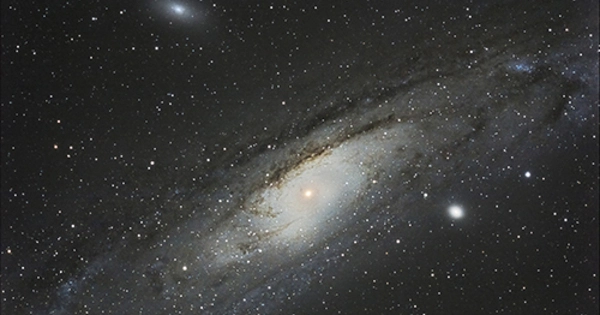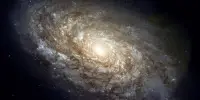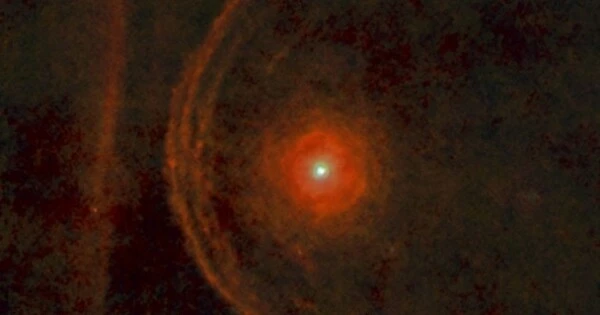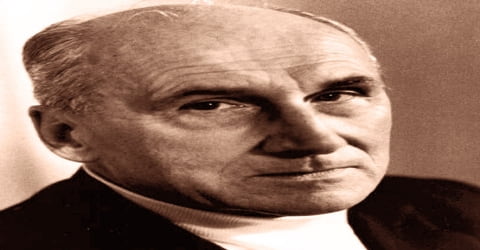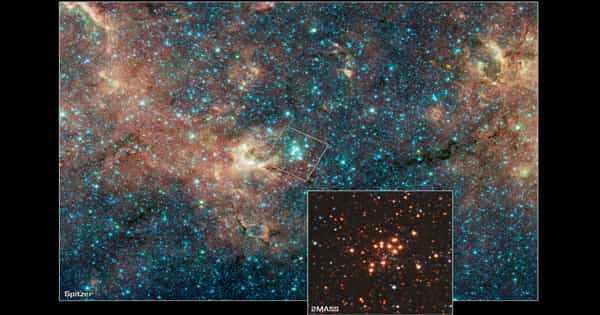Globular clusters are dense groups of stars that typically contain hundreds of thousands to millions of stars packed into a small area. They are named after their spherical or globular shape. These clusters are among the universe’s oldest objects, thought to have formed early in the history of galaxies.
Globular clusters are the Universe’s most massive and oldest star clusters. They can hold up to one million of them. The chemical composition of these stars, which were born at the same time, exhibits anomalies not seen in any other population of stars.
One of astronomy’s greatest challenges is explaining this peculiarity. After imagining that supermassive stars could be at the origin, a team from the Universities of Geneva and Barcelona, as well as the Institut d’Astrophysique de Paris (CNRS and Sorbonne University), believes it has discovered the first chemical trace attesting to their presence in globular proto-clusters born about 440 million years after the Big Bang. These findings, obtained through observations by the James-Webb space telescope, can be found in Astronomy and Astrophysics.
Globular clusters are extremely dense spheres of stars with radii ranging from a dozen to a hundred light years. They are found in all types of galaxies and can contain up to one million stars. Around 180 of them live in ours. The composition of their stars is one of their great mysteries: why is it so diverse? The proportion of oxygen, nitrogen, sodium, and aluminum, for example, varies from star to star. They were all born, however, at the same time, within the same cloud of gas. Astrophysicists refer to ”abundance anomalies”.
The strong presence of nitrogen can only be explained by the combustion of hydrogen at extremely high temperatures, which only the core of supermassive stars can reach.
Corinne Charbonnel
Monsters with very short lives
A team of researchers from the universities of Geneva (UNIGE) and Barcelona, as well as the Institut d’Astrophysique de Paris (CNRS and Sorbonne University), has made a significant breakthrough in the understanding of this phenomenon. In 2018, it developed a theoretical model in which supermassive stars “polluted” the original gas cloud during cluster formation, enriching their stars with chemical elements in a heterogeneous manner.
”Today, we believe we have found a first clue of the presence of these extraordinary stars thanks to data collected by the James-Webb Space Telescope,” says Corinne Charbonnel, a full professor in the Department of Astronomy at the UNIGE Faculty of Science and the study’s first author.
These celestial monsters are 5,000 to 10,000 times larger than the Sun and five times hotter at their core (75 million degrees Celsius). However, proving their existence is difficult. ”Globular clusters are between 10 and 13 billion years old, whereas superstars have a maximum lifespan of two million years. As a result, they vanished very quickly from the clusters that are currently visible. Only traces remain,” explains Mark Gieles, ICREA professor at the University of Barcelona and study co-author.
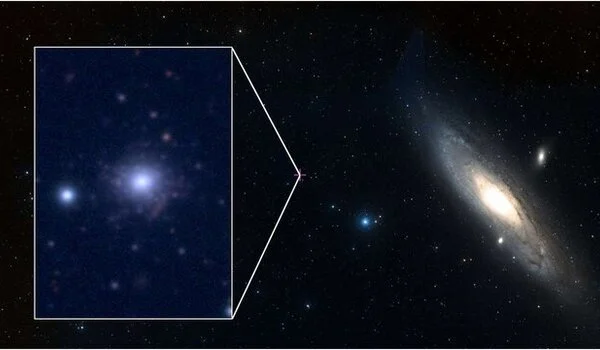
Revealed by light
The co-authors were able to support their hypothesis thanks to the James-Webb telescope’s extremely powerful infrared vision. The light emitted by one of our Universe’s most distant and young galaxies was captured by the satellite. GN-z11, which is located approximately 13.3 billion light-years away, is only a few tens of millions of years old. The analysis of the light spectrum of cosmic objects is a critical component in determining their properties in astronomy. The light emitted by this galaxy has provided two useful pieces of information in this case.
”It has been established that it contains very high proportions of nitrogen and a very high density of stars,” says Daniel Schaerer, associate professor in the Department of Astronomy at the UNIGE Faculty of Science, and co-author of the study. This suggests that several globular clusters are forming in this galaxy and that they still harbour an active supermassive star. ”The strong presence of nitrogen can only be explained by the combustion of hydrogen at extremely high temperatures, which only the core of supermassive stars can reach, as shown by the models of Laura Ramirez-Galeano, a Master’s student in our team,” explains Corinne Charbonnel.
These new findings support the international team’s model. The only one capable of explaining the abundance anomalies in globular clusters at the moment. The scientists will use the James-Webb data to test the validity of this model on other globular clusters forming in distant galaxies.
